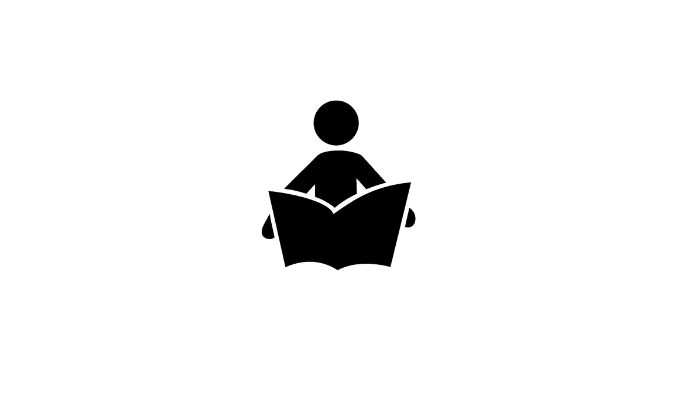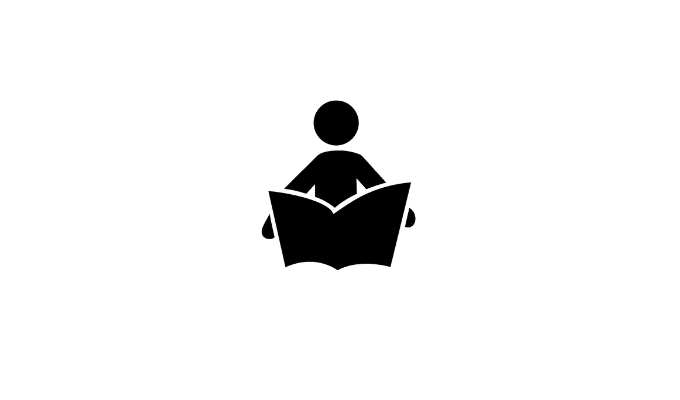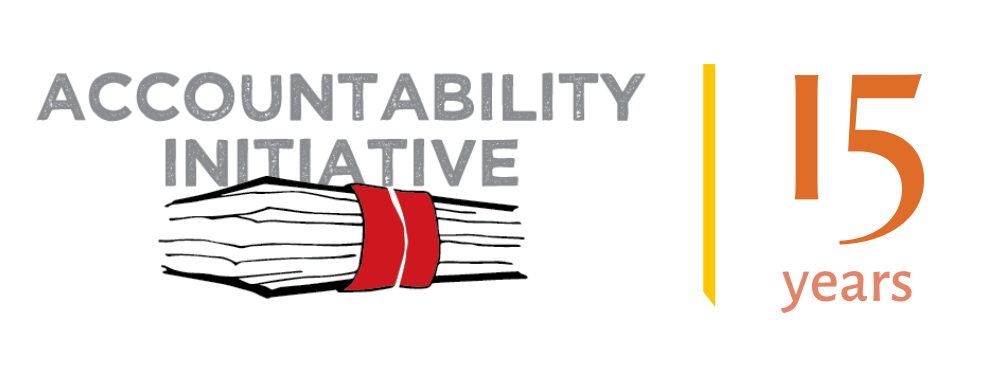
How public data on schools can strengthen both internal and external accountability mechanisms and also be utilised by parents and communities to make informed decisions about schools.

This paper attempts to add to the given literature by undertaking a detailed analysis of school consolidation process in Rajasthan. It seeks to answer the following questions:-
First, what are the specific criteria and conditions for closure of schools and their consolidation with other schools and whether they were adhered to by the state administration?
Second, whether school consolidation led to improvements in enrolment, availability of teachers, and essential school infrastructure facilities as mandated by the Right of Children to Free and Compulsory Education (RTE) Act, 2010.

200 teachers from 39 government and municipal schools in Delhi, were surveyed between December 2017 and April 2018 to unpack their work and role related perceptions and to map the time spent by them on various school activities. Teachers were found to be juggling multiple activities in settings with low capacity and resources. The situation is exacerbated due to planning and management issues. This in turn is affecting the quality and time spent on academic tasks, as well as teacher morale.

200 teachers from 39 government and municipal schools in Delhi, were surveyed between December 2017 and April 2018 to unpack their work and role related perceptions and to map the time spent by them on various school activities. Teachers were found to be juggling multiple activities in settings with low capacity and resources. The situation is exacerbated due to planning and management issues. This in turn is affecting the quality and time spent on academic tasks, as well as teacher morale.

Samagra Shiksha – An Integrated Scheme for School Education, is Government of India’s (GoI’s) school education programme extending from pre-school to senior secondary classes. The scheme was launched in April 2018 to ensure equitable and inclusive quality education. Three existing schemes are subsumed by Samagra Shiksha: ■ Sarva Shiksha Abhiyan (SSA) ■ Rashtriya Madhyamik Shiksha Abhiyan (RMSA), and ■ Teacher Education (TE) This brief uses government data to analyse Samagra Shiksha performance on: ■ Trends in allocations, releases and expenditures, ■ Component-wise approved budgets and, ■ Learning outcomes

Samagra Shiksha – An Integrated Scheme for School Education, is Government of India’s (GoI’s) school education programme
extending from pre-school to senior secondary classes. The scheme was launched in April 2018 to ensure equitable and inclusive quality education. Three existing schemes are subsumed by Samagra Shiksha:
■ Sarva Shiksha Abhiyan (SSA),
■ Rashtriya Madhyamik Shiksha
Abhiyan (RMSA), and
■ Teacher Education (TE)
This brief uses government data
to analyse Samagra Shiksha
performance on:
■ Trends in allocations, releases
and expenditures,
■ Component-wise approved
budgets and,
■ Learning outcomes
Cost share and implementation:
Funds are shared between GoI and state governments in a 60:40 ratio. For the eight Northeastern states and three Himalayan
states, this ratio is 90:10. The five union territories (UTs) without legislature, are fully funded by GoI.

Sarva Shiksha Abhiyan (SSA) is the Government of India’s (GOI) flagship
elementary education programme. Launched in 2001, it aims to provide
universal primary education to children between the ages of 6 to 14.
SSA is the primary vehicle for delivering the Right to Education.










